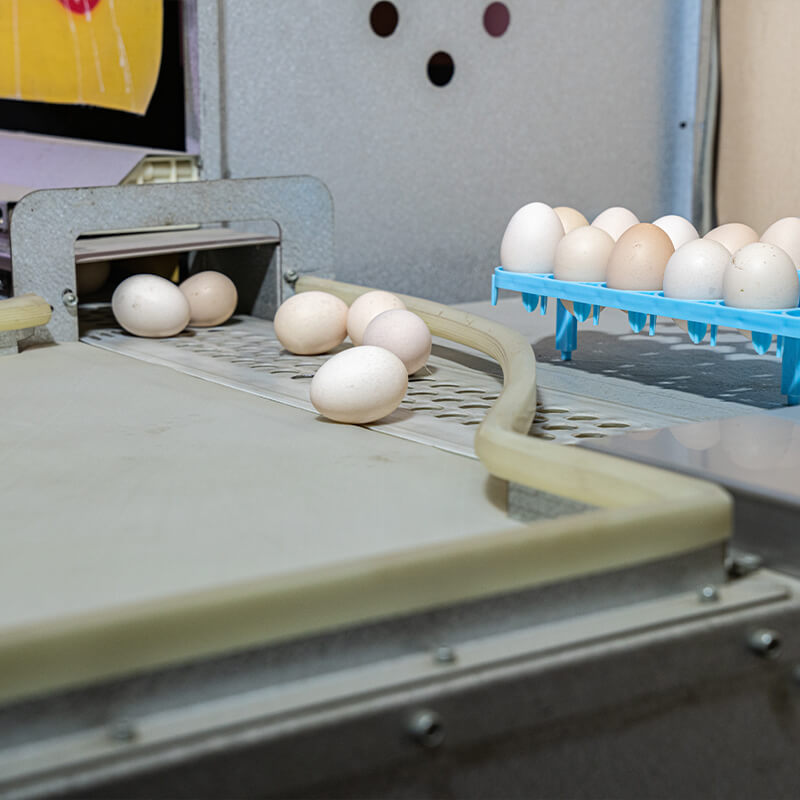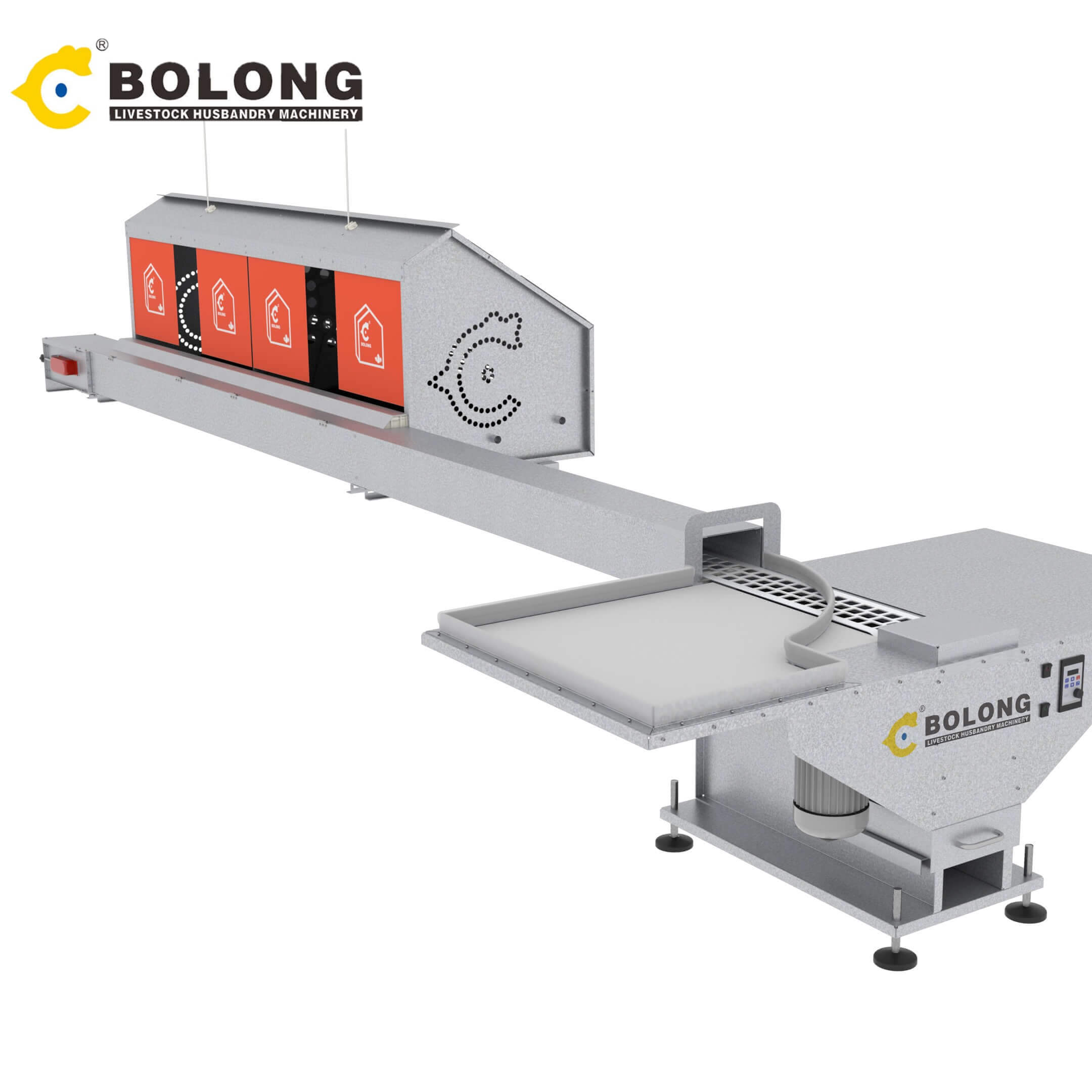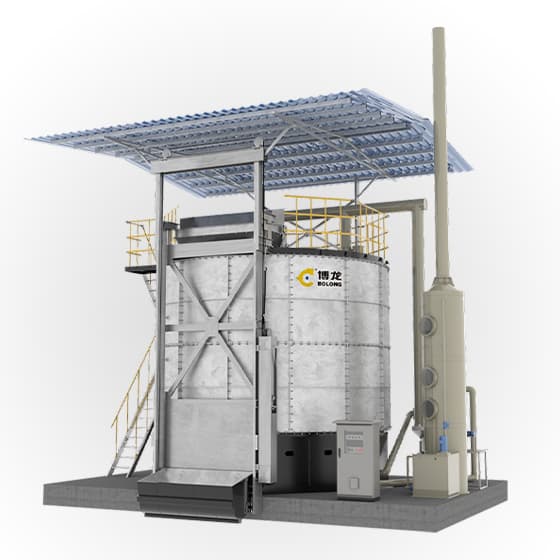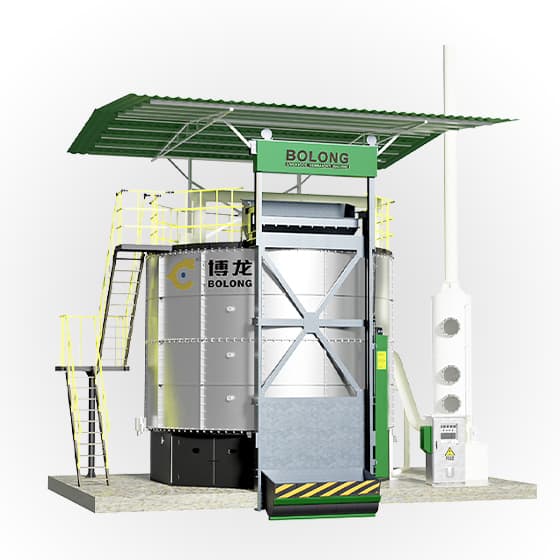2024/5/15/ · The fermentation process provides protection for the lipid and protein content of fish silage, making it a more suitable option for animal feed . It has been reported that using LAB for the fermentation of fish waste can lead to the recovery of various biomolecules and enhance the stability of fat in fish silage.
2024/4/15/ · Bio-hydrogen (bio-H 2) production from dark co-fermentation of pruning wastes, from pine, cypress, and berry trees, and food-rich municipal solid waste (FMSW) was evaluated as a promising way to combine waste management and renewable energy production.The inoculum was initially optimized by heat-shock pretreatment at 65, 75, 85,
2022/3/20/ · The HAc contents reached 47.44% with a dosage of 1/4, and its accumulation concentrations reached 1081.32 mg COD/L, which was 3.07 times higher than that with a dosage ratio of 3/1. Thus, the optimal RS dosage ratio for efficient SCFAs production was 1/4, and the fermentation products were further selected for further
2024/1/31/ · Highly efficient downstream processes. The team focused on two options for initial recovery of isopropanol and acetone: vacuum distillation and pass-through distillation. "Vacuum distillation was
Fermentation is another anaerobic (non-oxygen-requiring) pathway for breaking down glucose, one that's performed by many types of organisms and cells. In fermentation, the only energy extraction pathway is glycolysis, with one or two extra reactions tacked on at the end. Fermentation and cellular respiration begin the same way, with glycolysis.
2020/12/1/ · Alkaline fermentation at pH 10 is an effective method of producing short-chain fatty acids from waste activated sludge, but requires high cost of alkali. In this study, low-alkaline fermentation at pH 9 with enhanced endogenous free ammonia was proposed to improve sludge hydrolysis and short-chain fatty acids production for the first time.
2020/7/15/ · One unit of protease activity was defined as the amount of enzyme required to release 1 μmol of tyrosine per min [21]. 2.4. Fermentation. For the E. profundum fermentation, each 100 mL fermentation medium was seeded with 10 6 –10 8 cells per milliliter in a shaking incubator (150 rpm) at 30 °C for 120 h. For MS 10017 fermentation,
2023/9/15/ · The effective conversion and recycling of organic solid waste contribute to the resolution of widespread issues such as global environmental pollution, energy
2022/9/25/ · Food waste fermentation can produce medium chain fatty acids (MCFAs) through chain elongation, but n-butyric acid normally accounts for the largest proportion of products.In order to fully utilize these n-butyric acid to produce MCFAs, reflux was carried out and five reflux ratios were studied.Results showed that reflux effectively alleviated the
2022/11/20/ · Achieving phosphorus (P) recovery during treatment and disposal of waste activated sludge (WAS) by anaerobic-based processes has received increasing attention. To solve the problem of low phosphorus release efficiency, anaerobic fermentation (AF) combined with acidic cation exchange resin (ACER) pretreatment was
2023/4/5/ · The bioethanol process unit consisted of mashing tank, fermentation tank, and distillation unit. The material components are liquefied and scarified in the mashing tank. Waseem M, Ali E, Khan IA, Faisal Manzoor M, Siddeeg A, Aadil RM (2021) Efficient utilization of date palm waste for the bioethanol production through Saccharomyces ...
2024/5/28/ · Biological approaches include biophotolysis (direct and indirect), electrochemical systems (microbial electrolysis cells), and biological fermentation (dark fermentation, photo fermentation,
2022/9/12/ · During the anaerobic fermentation process, the organic loading rate is defined as the quantity of the material fed to the reactor per day per unit operating volume. Municipal waste fermentation plants generally operate at loading rates of 1.2–12.0 kg VS or 2.2–33.7 kg COD per cubic meter per day [58, 76,77,78]. During the entire anaerobic
2022/10/1/ · The behavior of AnGS during organic waste fermentation requires investigation to increase the efficiency of fermentation and elucidate, how AnGS differs from flocculent sludge during the recovery of valuable chiral molecules from waste streams. The conversion of units of FW from g volatile suspended solids (VSS) to g chemical
2023/7/26/ · Extractive fermentation is a potential process intensification integrated with aqueous two-phase extraction for simultaneous in-situ product recovery during fermentation to improve the efficiency of any bioprocess industry. This minimizes the innate product inhibitions, recovery, operational issues, and sustainability during …





For fermentation of animal manure into organic fertilizer,with a daily output of 8-12m³ organic fertilizer

For fermentation of animal manure into organic fertilizer,with a daily output of 5-7.5m³ organic fertilizer